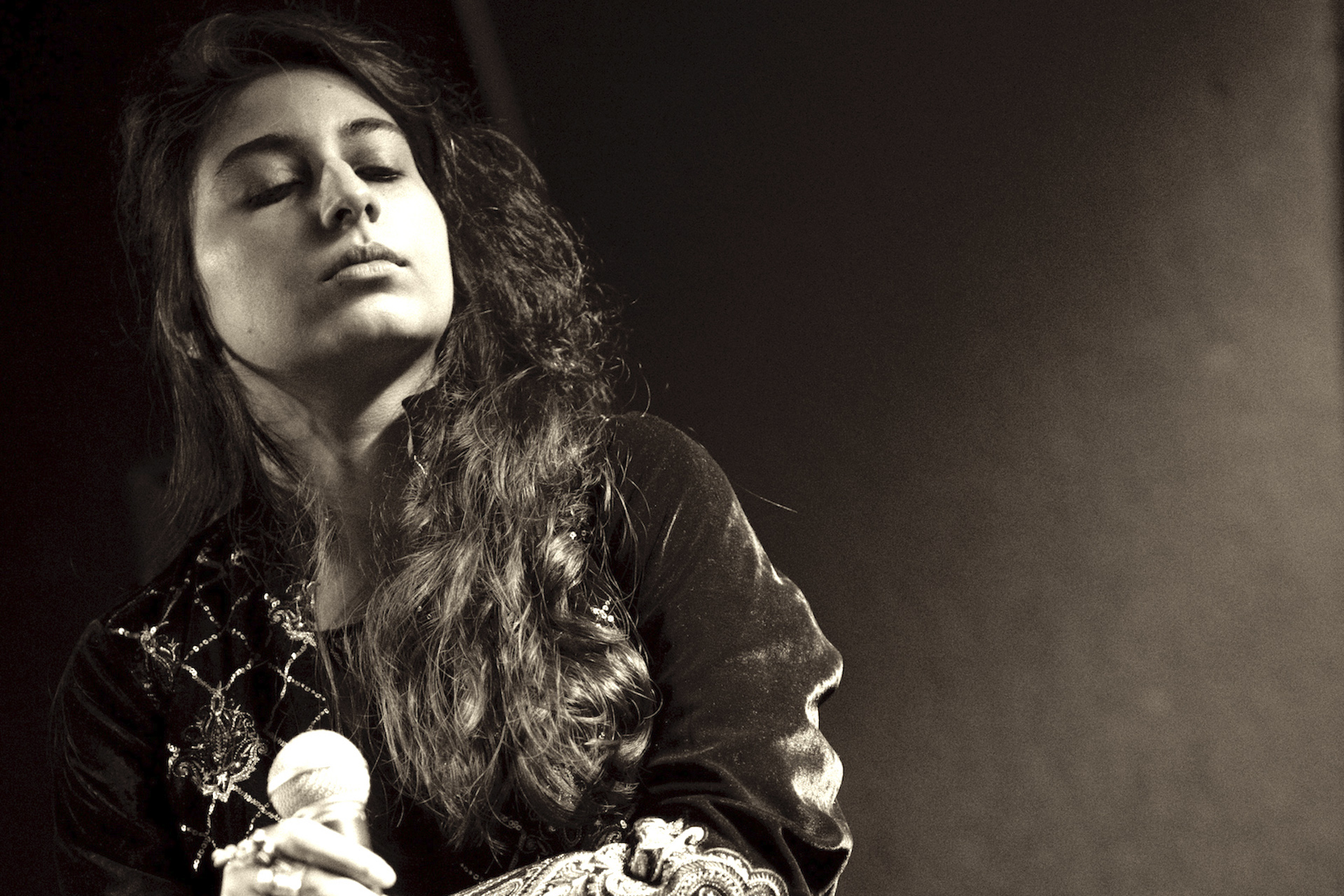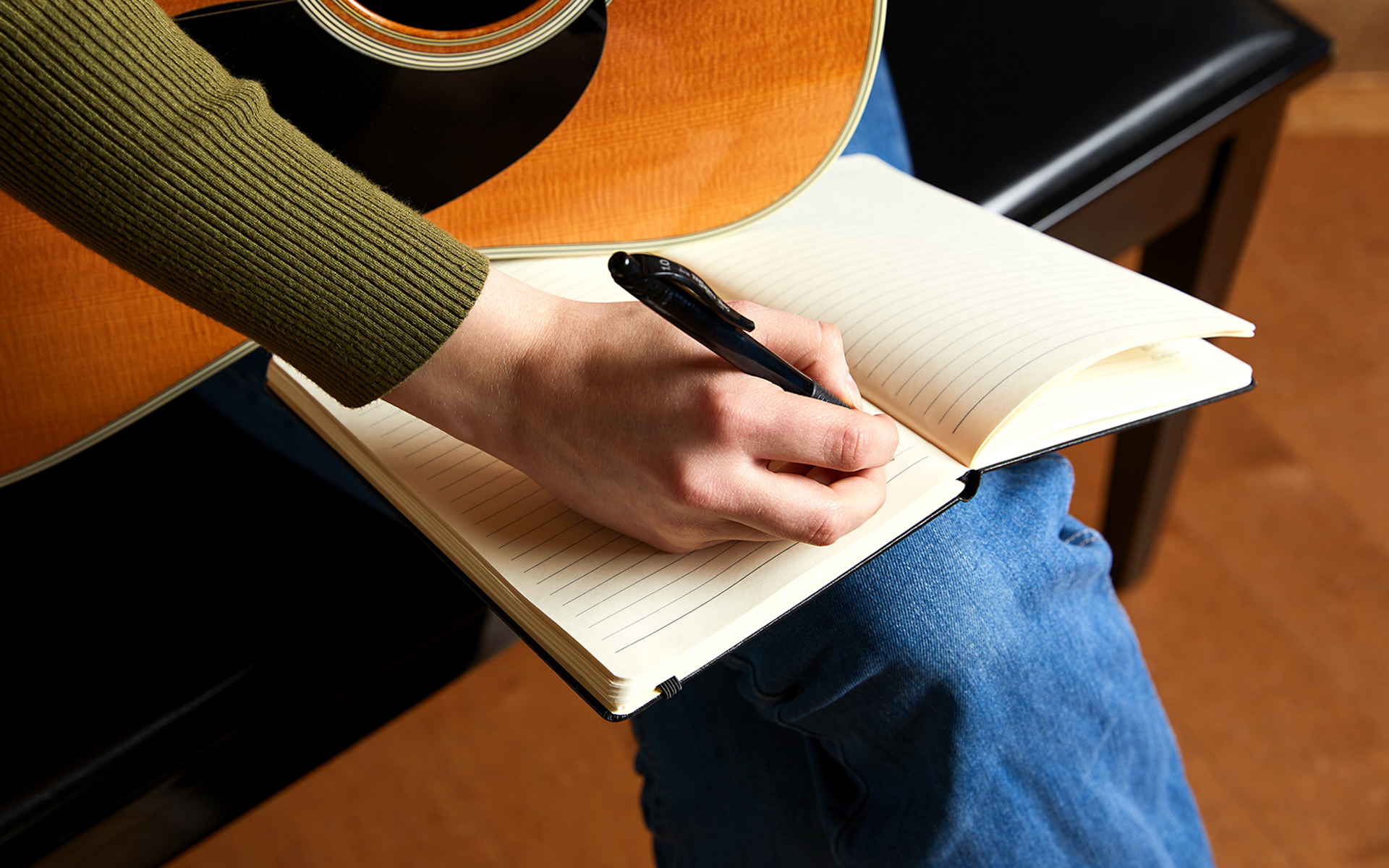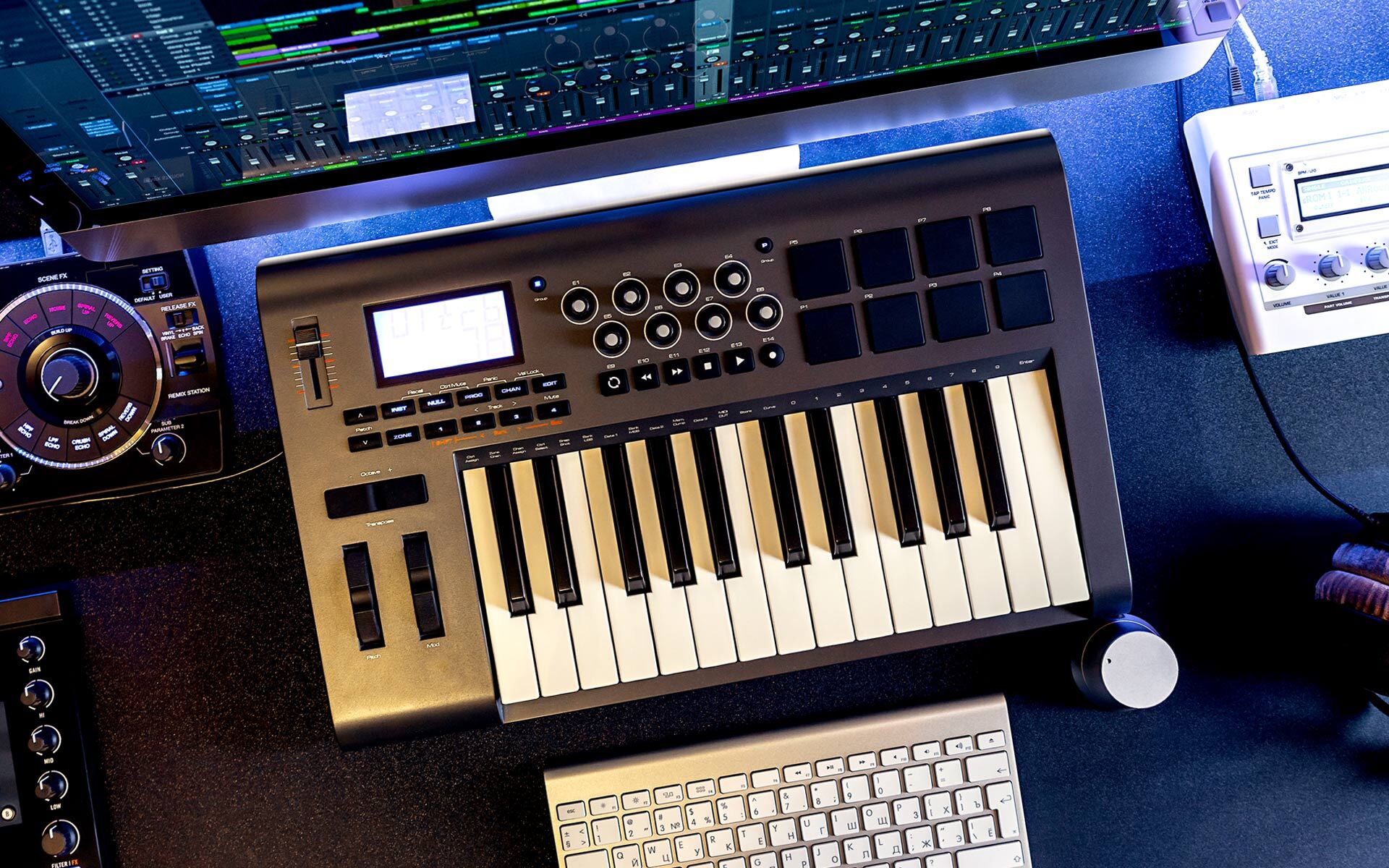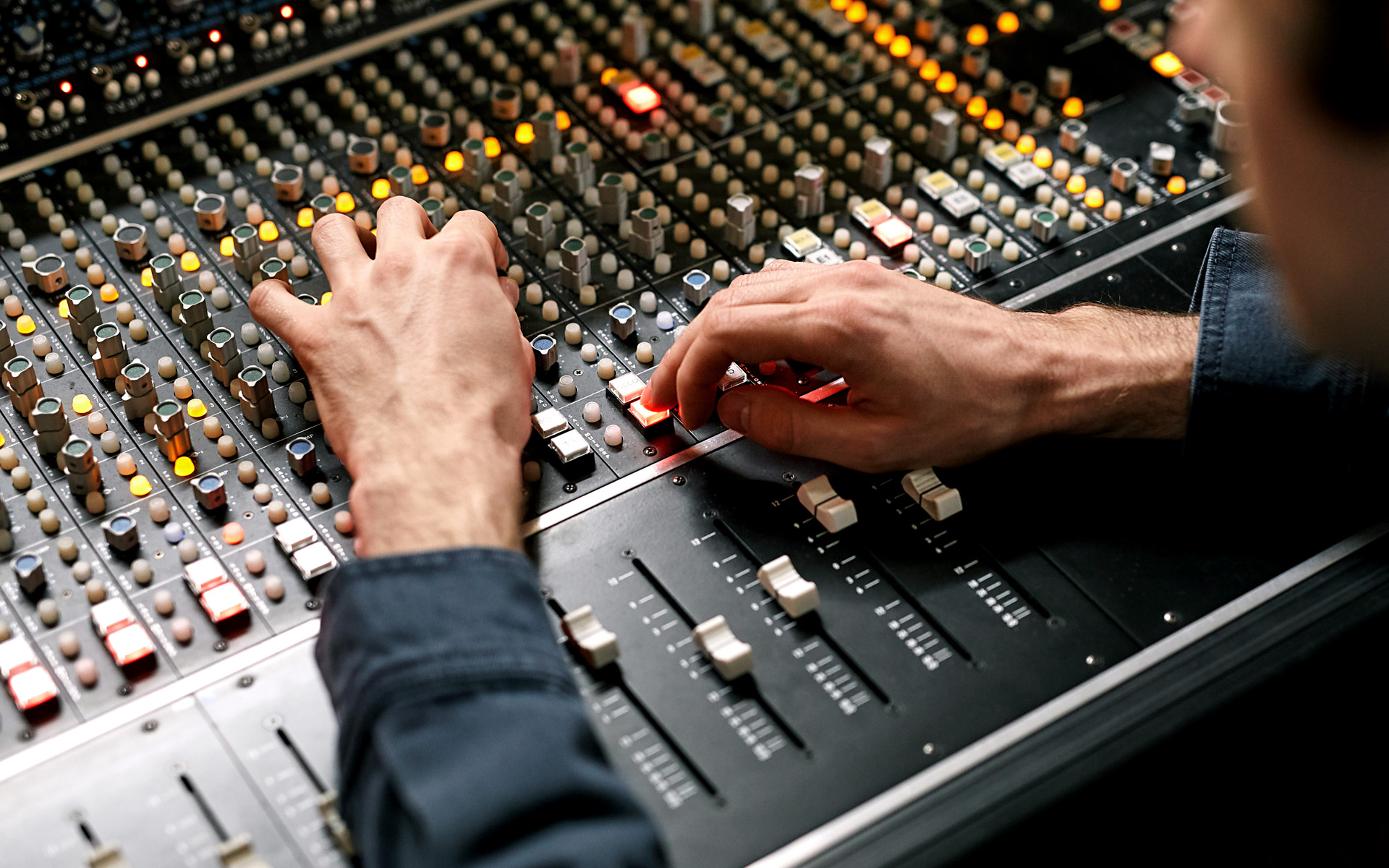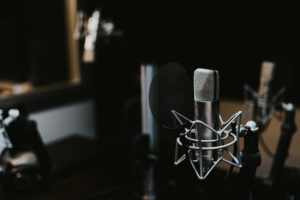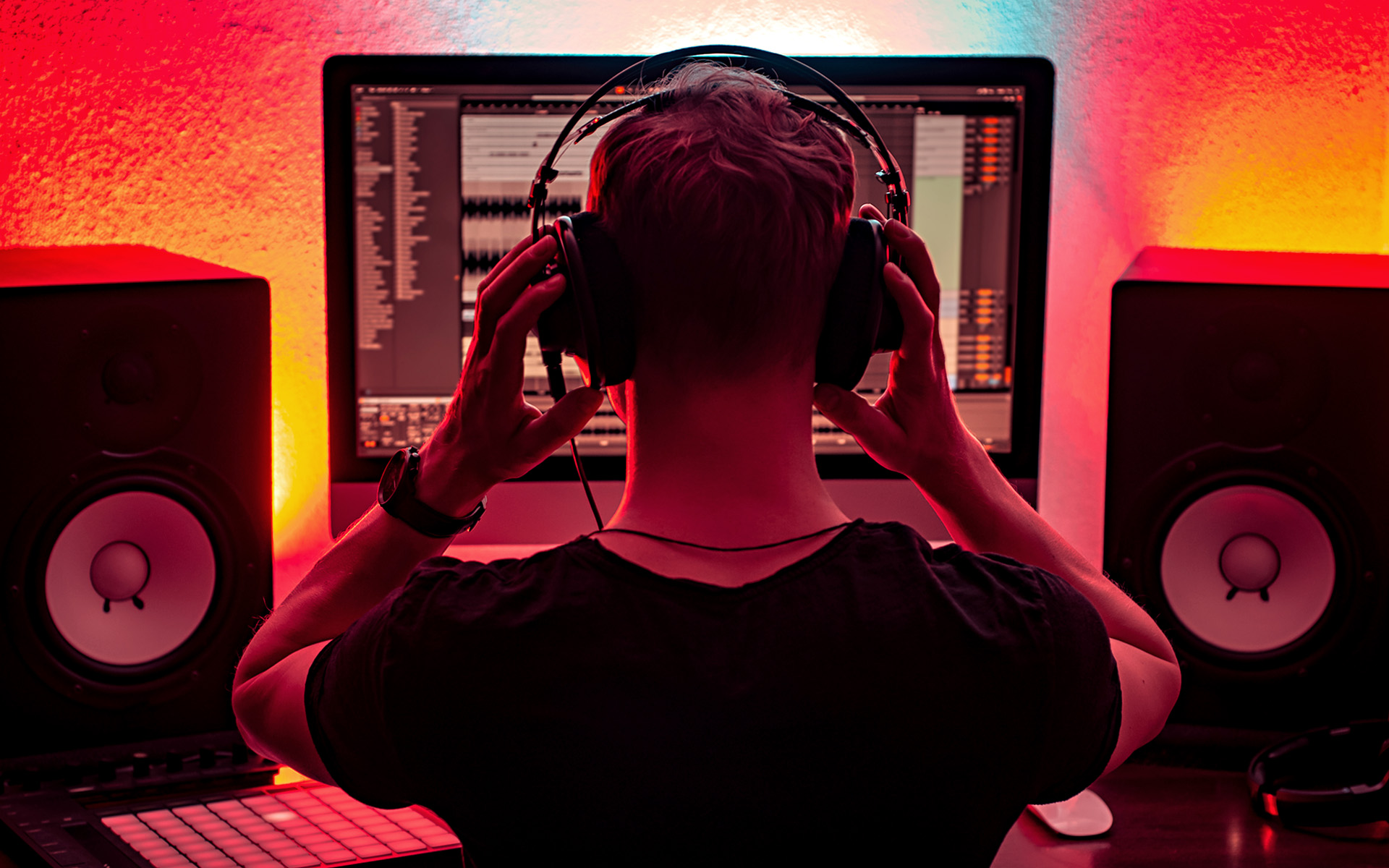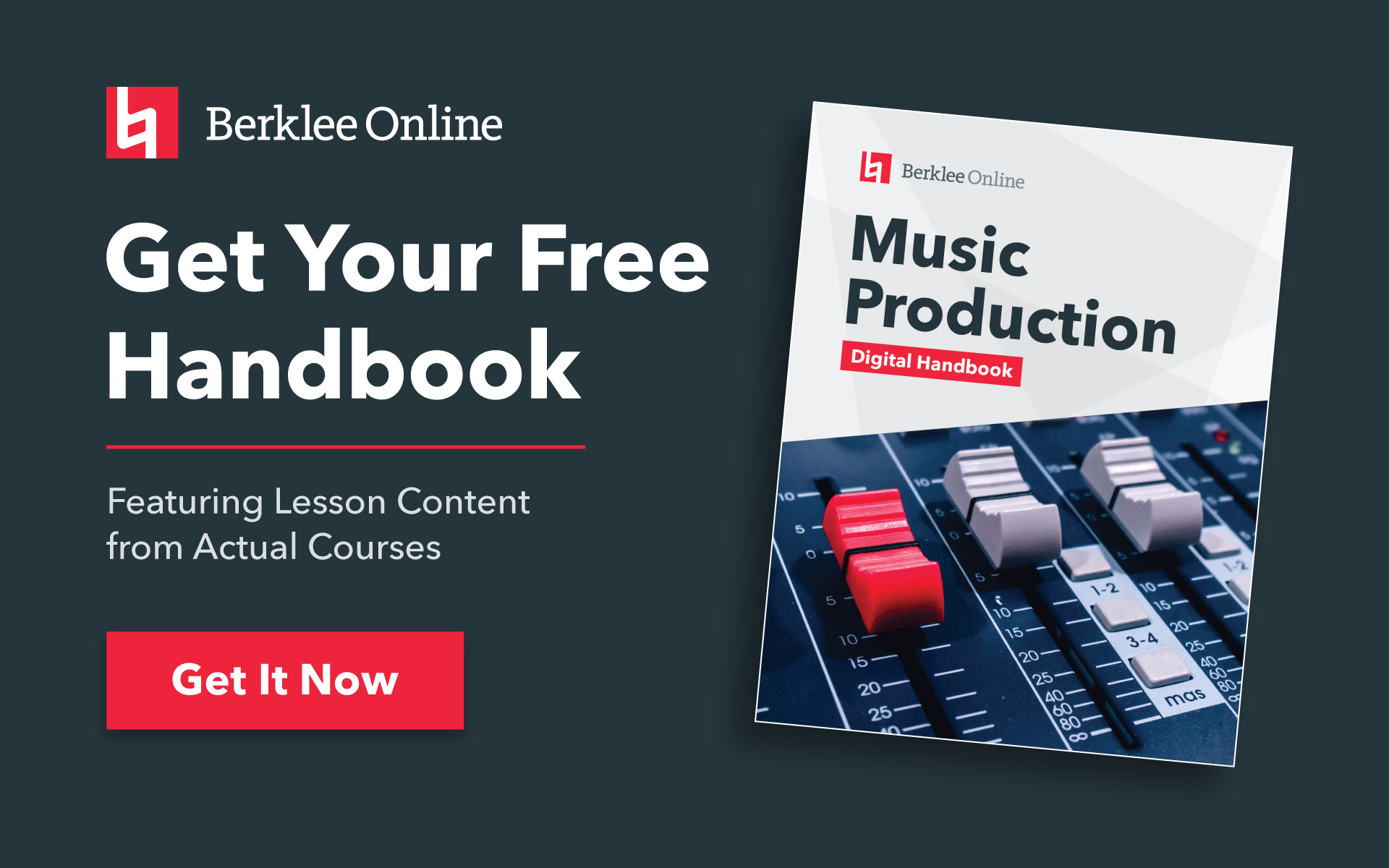At the end of 2016, I decided my New Year’s resolution was going to be to release my first full-length album by the end of 2017. I had many songs that I was dying to record and bring to life in a full band setting. I knew that turning this idea into a reality was going to be a challenge. As with any solo artist who wants to record with a full band, I had many components to consider.
-
- I needed a producer (preferably one who would be willing to understand my vision for what the songs should sound like).
-
- I needed musicians (I go to a music school, so they should be easy to find, but I wanted musicians I knew well and who knew my style of music).
-
- I needed to work up full band arrangements of my songs
-
- I needed to find the right studio and book time
- And most importantly, I needed money
Caitlyn Bongiovi happens to be a Music Production and Engineering major at Berklee and she also happens to be one of my best friends. Asking her to produce my album was a no-brainer. She has been a loyal friend of mine since my first semester at Berklee and we have been through a lot together. She was excited when I approached her with this idea, but also very practical; she knew it was going to be a lot of work.
When figuring out our financial standing, my producer and I realized we were going to need a minimum of $1,000. Here’s how we arrived at that number:
-
- Studio time (this didn’t cost us anything because Caitlyn is an intern at Q Division and got free studio time! But “free time” means that the studio was only available to us when it hadn’t already been booked by anybody who was paying money to record there).
-
- Paying musicians ($550 seemed fair)
-
- Producer/Producer’s Assistant ($300)
-
- Strings component ($250)
-
- Manufacturing of the album ($100)
-
- Uber/Travel ($120)
- Distribution of the album ($200)
Thankfully, Caitlyn has excellent organizational skills and was able to put together an entire spreadsheet, breaking down the specifics of how much money, realistically, we were going to need to make this album happen and where that money would go. That’s just part of the reason I set aside some money for her services as well!
Asking friends, family, acquaintances, and even strangers for money to fund this vision was not something I was used to. I created a crowdfunding campaign for my album through GoFundMe, and essentially asked anyone and everyone to spare some dollars so that I could record this album. I had heard of GoFundMe from several other artists who used it to campaign their own albums or EPs and had stories of success. To my surprise, the donations came pouring in, and most were more than just a few $10 donations here and there. People were eager to see me succeed, and this became clear right away. I was overwhelmed with joy and we raised the money in less than a week, thanks to people who donated quite generously. It started to hit me – this was really going to happen.
During this time of crowdfunding, I was simultaneously seeking the help of Berklee friends to be a part of the album. I sought the help of a drummer, Gary Zucker, and bass player, Antonio Macomber, who were in another band together, the Steve Knecht Band, and my boyfriend, Dan Hale, who is a guitar player, to assist in the creative side of the album. I had never played my songs with a full band and it was an eye-opening experience. My producer suggested I play the songs for them, talk to them about my own ideas, and then have them try it out. They had demos to listen to with a click track, my vocals and either guitar or piano. This process was mostly trial-and-error. I learned that sometimes it’s hard to articulate in words exactly what you want to hear from your band, and since none of them preferred to read charts, we pretty much hammered everything out by ear. It took a lot of patience and at times there was clashing of ideas which made the process all the more difficult, but it just took time to get a groove going between the band and myself.
This brings me to the communication aspect of working with others on an album, both fellow musicians and producers/production assistants. Communication is key. It is absolutely crucial to communicate your needs, your ideas, and your vision to your band and your producer. And it is crucial for them to do the same with you. Honesty is super important when you’re working on an album with a band, especially if all of the songs are what you, the artist, wrote.
This was not a project of collaborating on songwriting, though I appreciated some of the constructive criticism; but the goal was to turn my already written original songs into full band songs. My producer and I are the best of friends, and we learned how to work together, even if we disagreed sometimes. I found myself having a hard time advocating for myself because I can be passive when it comes to trying to come to an agreement with someone.
-
- It’s a good idea to be clear with your producer about what you want them to do.
-
- It’s good to be open to suggestions from the producer, but at the end of the day, it’s your album and you get the final say for what you want your vision to be.
- Communicate to your producer effectively—and always let them know how much you appreciate the time and effort they put into helping you turn your vision into a reality! They usually have creative ideas from the production side that you may not have originally thought of, and can add so many new aspects to your songs.
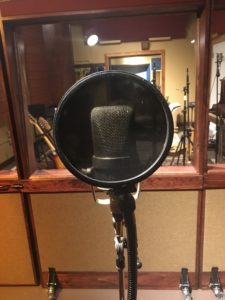
My view from the sessions at Q Division
We recorded most of the album at Q Division. This was far different than perhaps what one might think of as a typical experience of recording with fellow Berklee students. This setting felt much more professional and recording sessions consisted of mostly just me and my producer, without the other musicians. The others recorded on their own time, and I was not present during those sessions, mainly because they didn’t fit my schedule. This meant that I was relying quite heavily on my producer to make sure everything went well and the sound I wanted was captured in those sessions, and she did very well in terms of capturing the sound I had envisioned.
Recording sessions lasted anywhere from an hour to eight hours, and this was for both instrumental tracking and vocal tracking. There weren’t many marathon sessions, but the few that we did were quite taxing. The first vocal session we did lasted eight hours, and this session didn’t happen until March, which was already behind schedule, as we had started recording everything else in January and February. Being in the studio until 1 a.m. on a school night wasn’t easy, but it was completely worth it. Tirelessly singing the same line over and over again to get it just right took a lot of patience.
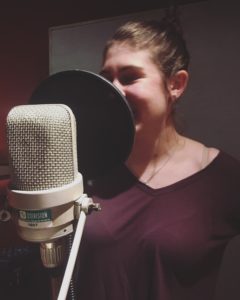
EIght hours of vocal takes? No problem!
Getting studio time was also quite difficult at times. There were instances where we planned out a certain day and time to record and worked our schedules around that plan, and then it turned out the studio wasn’t available. I can’t complain too much though, given the people who were bumping us out of a session were likely paying top dollar: Q Division is where greats like James Taylor and Natalie Merchant have recorded. And on the other side of the spectrum, there were times when my producer would let me know on the day of that there was suddenly time for five or six hours of studio time and I would have to do my best to rearrange my schedule on the fly so that we could take advantage of every recording opportunity. I appreciated that she was so on-the-ball when it came to recording opportunities. When approaching studio time, I had to take into consideration:
-
- Homework
-
- How late I could afford to stay up on a school night
- Compromising my gigging cover band for time for my own musical endeavors
One of the biggest challenges of on-the-fly studio time was having to drop everything and mentally switch gears. It also meant having to cancel plans last-minute, plan ahead for getting homework done on time, and the most difficult, ditching my acoustic band. I’ve been a part of a band called Cassandra Lee and the Acoustic Project for about six months and I am a co-lead singer. Their style of music is different from mine and two of them play guitar and piano, but I never really considered asking them to be a part of this project because I had written all of the guitar and piano parts for my songs and I wanted to be the one who played them on my album. I really didn’t feel like mixing my solo music with the music we do in the cover band.
One of the hardest decisions I’ve had to make in the process of completing this album was going to the studio instead of a scheduled gig that my band had. Granted, this “gig” was a live performance at our keyboard player’s house for a barbecue with their friends and acquaintances, but nonetheless, my band was disappointed that I couldn’t make it last minute. But instead of understanding that I had a time limit on the album (and also had many, many homework assignments as it was the first weekend of the semester), they gave me quite a hard time for the entire day, and the following day. They called me while I was in the studio, asked if I could just change studio times, said I could just come late whenever I was done; I felt like no one was listening to me or taking me seriously. This taught me how I need to balance my solo career with my commitment to my band, and how I need to communicate with my band.

Cover photo, courtesy of Dom Delore
Another aspect of creating an album for distribution is the visual aspect. One of my good friends, Dom Delore, offered to take photos for the album, and he didn’t charge me, though he normally charges local bands a fee for shooting them because his photos come out looking very professional. Most of the photos were taken outside, some at night, and we got creative with lighting and the overall vibe of them. This was one of the most exciting parts of working on the album because we got to experiment with outfits, locations, and playing with lighting, getting a different vibe for each photoshoot. Doing a photoshoot includes:
-
- Patience
-
- Communicating with the photographer of how you want to be presented
-
- Taking their advice as professionals and trying new things
-
- Seeking out different locations
-
- Planning according to weather
- Making decisions about outfits, hairstyle, make-up, etc.
To keep things interesting, we also made a music video for the last song on the album. I made the decision to do this long after the crowd-funding campaign was over, so a music video was not originally promised as one of the perks. We made this video a very intimate experience, recording it in my boyfriend’s apartment with lights and nothing but my voice, my boyfriend, and two guitars. It was a live recording session, which means it had its imperfections, but I think that is was makes it so great; it’s raw, it was one take, and there are very sweet interactions between my boyfriend and I that make the video capture the meaning of the song.
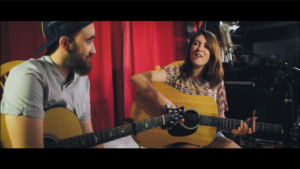
We didn’t have to make this video as part of the crowdfunding campaign, we did it because we wanted to!
One of the final stages of finishing an album is sending it off for mastering and then distribution. This is the part that is out of the artist’s hands and control. Once the album goes off to mastering, your job as the songwriter is essentially done. The completion of the album is left up to the master and the project is out of your hands at that point. This is an exhilarating feeling and also a frightening one. As songwriters, we put a lot of trust in audio engineers and music production majors because this is usually something that is not part of our expertise and is better left to the professionals.
The relief doesn’t fully settle in until you finally receive the final version of your song. CD Baby, the distributor through which I’m putting my music out into the world, reviews every detail of the form you fill out, requesting to distribute your music. This is also a grueling process as patience is a requirement. You will find yourself waiting to hear back from them for up to two weeks.
Overall, the experience of recording my first album taught me a lot about myself and how well I work with others. It taught me to advocate for myself and be confident in my own creative decisions. I learned that timing is extremely important, and one very critical lesson I will take away from this experience is to not set a release date months in advance, when you’re still in the stages of recording; release dates can change over time depending on how quickly things are moving along, such as mixing and mastering. Setting an exact date of release should happen after the recording process is already finished, you’ve sent the music off to be mastered, and you have a better idea of when you will have a final product to release. I plan to release an EP in another year and will certainly keep those things in mind!




